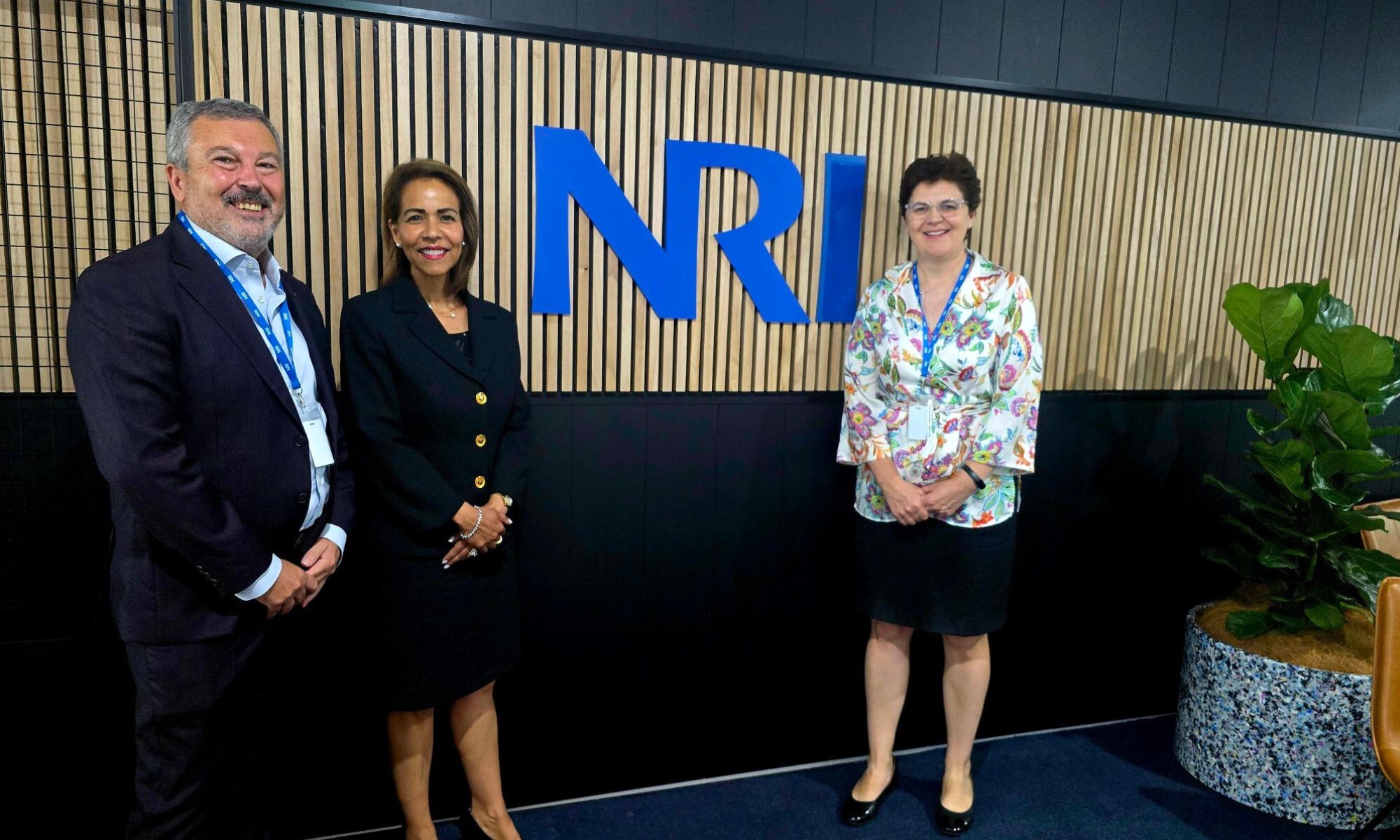Insights, News
Oracle E-Business Security: Why a Security-First Mindset Matters
- Date 24 Oct 2025
- Filed under Insights, News

Securing Oracle E-Business Suite in 2025
Oracle E-Business Suite (EBS) has been the heartbeat of business operations for thousands of organisations around the world — powering finance, HR, procurement, supply chain, and payroll.
But unlike modern SaaS solutions, EBS can run just about anywhere — on-premises, in a private cloud, or across IaaS platforms like OCI, AWS, or Azure. That flexibility comes with a catch: you’re on the hook for securing every layer yourself. From the operating system and network, right through to the database, middleware, and app configuration — it’s all in your hands.
In October 2025, Oracle released a Security Alert for CVE-2025-61882 — a critical vulnerability that allows unauthenticated remote code execution in EBS. It’s a sharp reminder that legacy ERP systems face very real risks. In this article, we’ll unpack what this means, explore the latest threat landscape, share best-practice defence strategies, and look at how organisations can strengthen their security posture — or move toward safer, more modern architectures.
A critical vulnerability in focus
CVE‑2025‑61882 is essentially a security flaw that can be found in Oracle EBS versions 12.2.3 to 12.2.14. In technical terms, it allows unauthenticated remote code execution (RCE) via HTTP, which means attackers can compromise systems without credentials — something that can be easily exploited. It is also a very high-risk vulnerability, something which Oracle has scored a 9.8 out of 10 on the CVSS (Common Vulnerability Scoring System), and which we are already seeing ransomware groups like C10p attempting to exploit. As such, both Oracle and national cybersecurity agencies are urging immediate patching as a remedy.
The EBS security landscape
The CVE-2025-61882 vulnerability shines a light on a bigger issue — the ongoing security challenges of running on-premise ERP systems. In these setups (like EBS), staying secure means constant vigilance: tightening network controls, hardening configurations, managing roles and access, and keeping up with patching and monitoring. To remain compliant and protected, organisations need to stay disciplined — applying Critical Patch Updates (CPUs) on schedule, reviewing user privileges, and routinely auditing both application and database settings.
Best practices for responding to CVE-2025-61882
Given the threat that CVE‑2025‑61882 poses, all Oracle EBS customers should:
1. Verify the Oracle EBS version.
2. Apply the latest patches and critical patch updates (CPUs) immediately.
3. Restrict external access to EBS endpoints and use Web Application Firewalls (WAFs).
4. Review Oracle’s Indicators of Compromise (IOCs) to check for breach indicators.
5. Harden configurations and disable insecure features.
6. Conduct vulnerability assessments and penetration testing.
7. Strengthen identity, access, and role management.
8. Stay current with Oracle’s security alerts and regularly apply their CPUs.
9. Consider migration to Oracle Fusion Cloud applications to reduce security risk.
One of the best ways to strengthen the security posture of your ERP system is to do so from the outset, embedding security into the architecture, access, audit and patching. Alternatively, moving to SaaS models like Oracle Fusion (where these controls are continuously updated) can also greatly reduce your risk exposure.
Whether you need immediate support with EBS patching or a strategic partner to guide your Oracle Fusion Cloud journey, NRI helps you stay compliant, protected, and ready for whatever comes next.
How NRI can help
We help organisations secure, modernise, and future-proof their Oracle environments. Our team brings deep expertise across every stage — from assessing vulnerabilities to driving full-scale transformation.
Our services include:
- Vulnerability assessments and remediation planning
- Patching and upgrade projects to stay on supported, secure versions
- Managed security services and 24/7 monitoring
- Business case development and migration to Oracle Fusion SaaS
As Forbes recently highlighted, a “security-first” mindset is key to any successful digital transformation. That’s exactly how we operate — helping organisations build secure, scalable, and resilient foundations that create long-term business value.
Stronger Security with Oracle Fusion Cloud
As serious as the recent EBS vulnerability is, it points to an even bigger challenge for many organisations: maintaining on-premises ERP platforms.
These platforms require significant ongoing investment in infrastructure, patching and security operations, with each component of the technology stack — from the operating system to the application logic — open to attack if not properly secured.
By contrast, Oracle Fusion Cloud Applications provide a modern, security-first Software-as-a-Service (SaaS) environment where Oracle manages the full technology stack, including infrastructure, database, middleware, applications and security patching. For customers, this represents a major shift, one that removes the burden of applying patches and managing vulnerabilities, allowing them to benefit from continuous innovation and security assurance.
Built-in security and compliance
Oracle Fusion Cloud is deployed within Oracle’s own global data centres on Oracle Cloud Infrastructure (OCI), where security is embedded at every layer:
-
- Secure architecture with multi-layered defences including encryption, zero-trust identity management, and continuous monitoring.
- Regular security updates and quarterly patches, ensuring vulnerabilities are remediated proactively.
- Data protection and compliance aligned with ISO 27001, SOC 2, GDPR, and IRAP standards.
- High availability and disaster recovery built into Oracle Cloud Infrastructure for business continuity.
Risk reduction through modernisation
Migrating to Oracle Fusion Cloud also delivers tangible security and business benefits, such as:
1. Reduced Attack Surface: Oracle manages core infrastructure, reducing exposure to misconfiguration and patch delays.
2. Always-Current Security: Quarterly updates ensure immediate remediation of vulnerabilities.
3. Unified Identity & Access: Fusion provides modern authentication and access management with integrated MFA.
4. Continuous Compliance: Automated monitoring supports adherence to regulatory and industry standards.
5. Lower Operational Overhead: Reduces internal maintenance effort, freeing resources for innovation.
6. Future-Proof Innovation: Enables AI-driven automation, analytics, and continuous improvement within a secure framework.
NRI’s role in secure transformation
Our Oracle practice helps organisations modernise with confidence — guiding every step of the journey to Oracle Fusion Cloud with security at the core.
Our end-to-end services include:
- Business case development and security-led transformation strategy
- Comprehensive security and architecture assessments to uncover vulnerabilities and protect sensitive data
- Design, integration, and migration services built on Oracle Modern Best Practice
- Change management and adoption programs that embed a security-first culture
- Ongoing managed services to ensure governance, compliance, and continuous innovation
Ready to move beyond legacy EBS?
With NRI, you don’t just migrate — you modernise securely, reduce cyber risk, and unlock the full value of Oracle’s trusted cloud ecosystem.
Let’s secure your transformation and build a future-ready foundation together.



